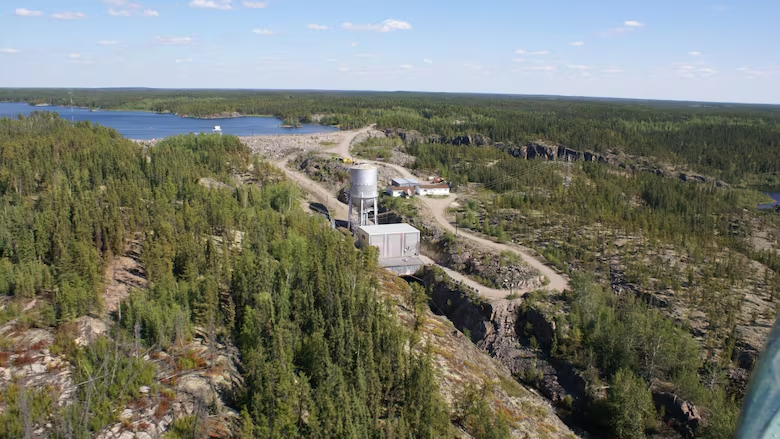Repetitive power rate subsidies underscore need for long-term planning, says N.W.T. MLA

Gov’t says plan for new subsidies will be clarified after rate application is complete
An N.W.T. MLA says it’s time for the territory to create a plan that addresses the constant need to provide government subsidies for the Northwest Territories Power Corporation (NTPC).
“We have been caught up year after year in really short-term thinking, really stopgap measures, and we have been continually kicking the can down the road,” said Shauna Morgan, MLA for Yellowknife North.
Last week, NTPC said the territory would be giving it $18 million to pay down some significant costs, in lieu of a fund that was supposed to help it cap a proposed power rate increase at 15 per cent.
It also said the territory would be starting a power rate subsidy program, which will be offered directly to residents.
The power corporation’s general rate application isn’t yet finalized. That’s expected to happen by the end of October.
The territory’s Finance department said in an email to CBC that it wouldn’t be providing details around the incoming subsidy until that process wraps up.
“Both the approach and timing will be determined by the outcome of the ongoing regulatory process,” Toyeke Adedipe, a spokesperson for the department, wrote.
The department said it is working closely with NTPC on the development of the subsidy program and that it would be “aligned with the timing of rate increases approved by the Public Utilities Board.” In the past, there has been a one-month window between a general rate application being finalized and new rates coming into effect.
Subsidies compensate for aging infrastructure, fuel
Subsidizing customers directly or indirectly isn’t a new measure for the territory, and those subsidies have added up over the years.
Over the past decade, the territorial government has subsidized NTPC’s rates to the tune of more than $80 million, often to offset the cost of diesel fuel because of the impact low water levels have had on hydro power generation. That’s included multi-million-dollar chunks: $20 million in 2014, $30 million in 2015, $15 million in 2023 and $30 million in 2024-25.

The cost of diesel isn’t the only issue, either. The power corporation’s 2024-25 annual report outlines aging infrastructure as another driver of these costs, as its hydroelectric facilities reach the end of their design life.
MLA Morgan said aging infrastructure is a problem and overhauls are undoubtedly needed.
“We have to recognize that these kinds of overhauls are going to need to take place in lots of parts of the territory and come up with a better way of doing it,” said Morgan.
“That includes being able to integrate way more renewable energy generation, and then having a solid proposal or package that we can then take to the federal government. That has been a long time coming.”
She noted that in April of this year, the territory directed the Public Utilities Board to start working on a policy to make that happen and take steps toward integrating more renewable power.
But that work could have a lengthy timeline attached.
“What I heard in the spring was that it still could take many years to come up with the policy, [and] then come up with the plan,” Morgan said.
“I think this is very urgent at this point.”
Related stories from around the North :
Canada : Experts say linking Yukon, B.C. power grids a ‘game-changer’ but will take time, CBC News
Finland : Sami turn down participation in Lapland wind power survey, Eye on the Arctic
Norway : World’s northernmost coal power plant shuts down, The Independent Barents Observer
Russia : Russian nickel miner wants nuclear power for Arctic plant, The Independent Barents Observer



